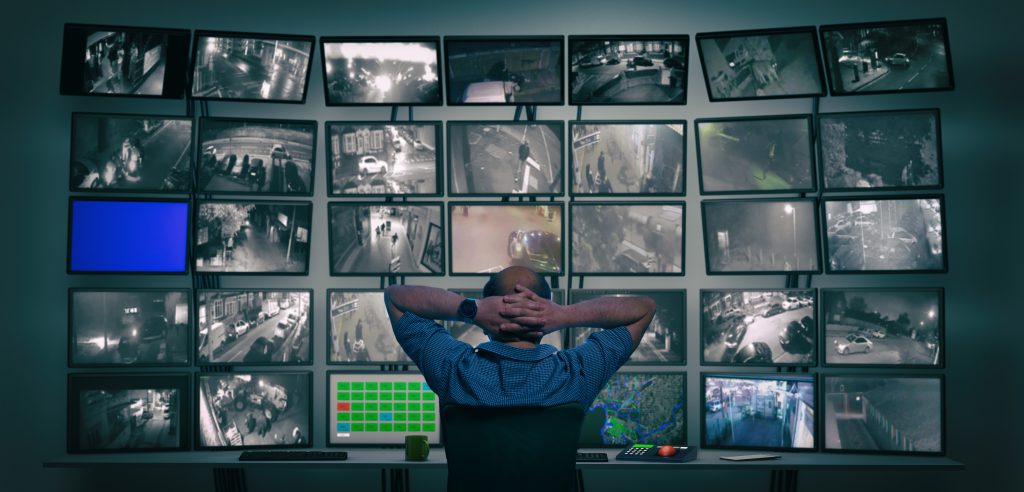Have you ever noticed the grainy quality of surveillance footage shown on the local news broadcasts? Some unfortunate citizen is getting assaulted after making an ATM withdrawal and you feel like you're watching a 1930s Charlie Chaplin rerun. The reason for this is that most organizations charged with surveilling public places can't afford to do so in high resolution and certainly can't afford to keep the surveillance content for any considerable period of time. Yet wouldn't it be nice to easily ID the suspect and maybe go back to other video databases to see if there's a pattern occurring over time?
When it Comes to Video Surveillance, Active Archive Solutions Can Address the "Transparency Paradox"

As a society we want better security and swifter justice. We have the technology to achieve this but we don't necessarily have the budget. The good news is that a record number of surveillance cameras are shipping year after year. They are also becoming more affordable and resolutions are steadily increasing to include 4K or better.
In fact, demand for video surveillance systems is continuing to explode driven by several factors including increased security threats, legislation, IoT applications, law enforcement applications and increasing affordability of surveillance cameras.
All of this is taking place at a time when society is demanding more transparency into what is happening in our public places and in law enforcement actions. This has resulted in a steady increase in evidentiary content from facility security cameras to body worn cameras, dashboard cameras, interview room audio and video recordings, cell phone data and others. This proliferation of surveillance technology has given rise to the "transparency paradox" where the public demands more recorded evidence which creates the need for more data storage. But we only have limited budgets that can't handle the increasing data retention burdens.
This is where the concept of an active archive comes into focus providing a solution where organizations can afford to maintain online access to all of their surveillance content in a multi-tiered storage system that leverages the speed of flash and disk with the superior economics of tape. In a typical active archive environment, the file system extends across all storage tiers from primary flash/disk to long term, economy tape storage. Content moves by policy from high cost primary storage to low cost, long term storage. Typically this means LTFS LTO tape featuring the highest capacity, longest archival life, highest reliability and lowest total cost of ownership.
With an active archive in place, organizations can easily and cost effectively maintain more surveillance content at higher resolutions for longer retention periods and can maintain this on-premises to safely control chain of custody.
Expect demand for active archives to solve the "transparency paradox." It should make the local news more engaging too!
